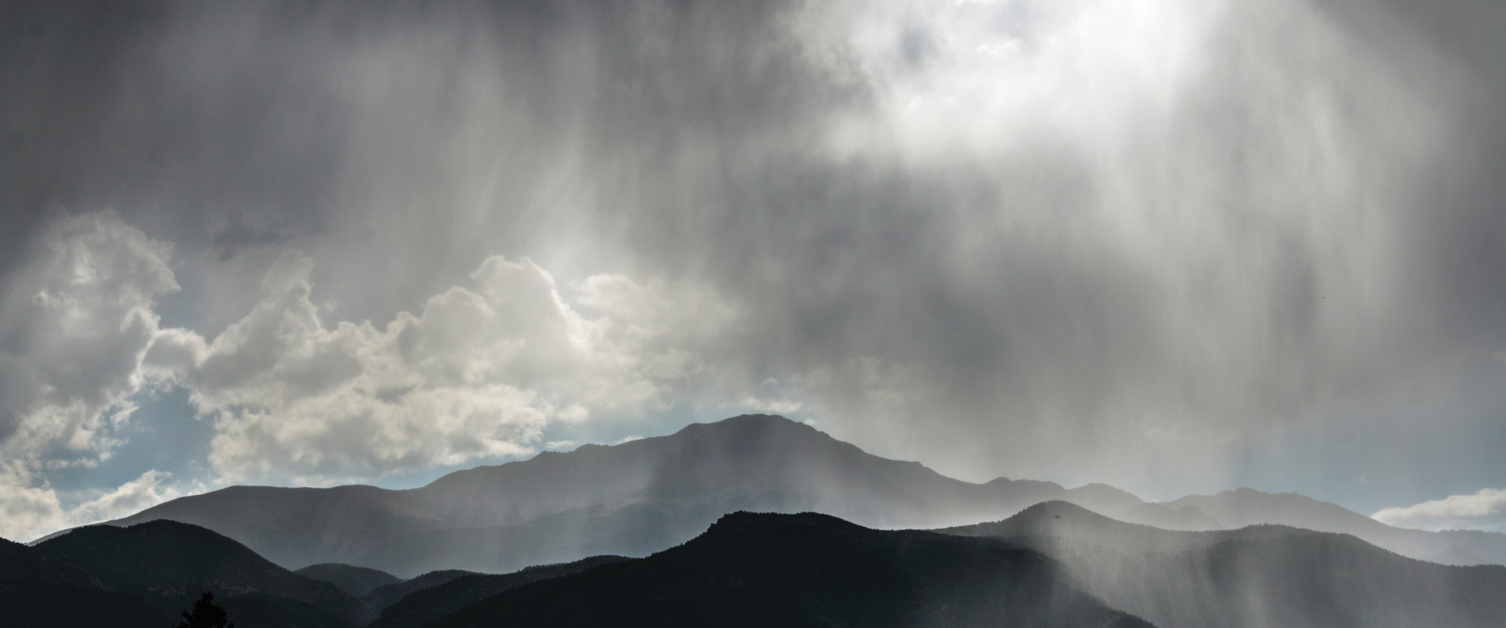Fine-Tuned Mountain Forecasting
- By AMS Staff
- Jan 23, 2023
Photo Credit: iStock.com/sequential5
PROBLEM: Forecasting weather in mountainous regions can be hindered by complex topography. In one catastrophic example in May of 2021, hypothermia killed 21 ultramarathon participants caught in a storm in the mountains of northwestern China. Numerical weather prediction models used for forecasting in the region were too coarse to predict the extreme localized weather conditions influenced by the mountains—plummeting temperatures, intense winds, freezing rain, and hail—that caused the tragedy.
SOLUTION: A research team reexamined the 2021 event utilizing topographic data from the marathon course at a resolution of tens of meters, rather than kilometers—two orders of magnitude finer than the original forecasts. The 3-kilometer resolution of the models used for the hourly forecasts during the race are useful for most regional predictions, but not for weather conditions that lead author Haile Xue of the CMA Earth System Modeling and Prediction Centre calls “hyper-local,” such as what occurred during the 2021 event. The researchers modeled these conditions and found their model accurately recreated the deadly conditions that struck the area during the race, capturing the extreme winds and low temperatures (around –14°F) that the original models did not. Xue points out that in addition to general regional forecasts, “an apparent temperature forecast based on a high-resolution simulation may be helpful” in mitigating the risk of hypothermia during such weather events. The study, which was published in the Journal of Geophysical Research: Atmospheres, notes that the extreme conditions of the storm in China are common on exceptionally high mountains like Mount Everest and Denali. [Source: American Geophysical Union]
For more content from the Bulletin of the American Meteorological Society, please click here.
